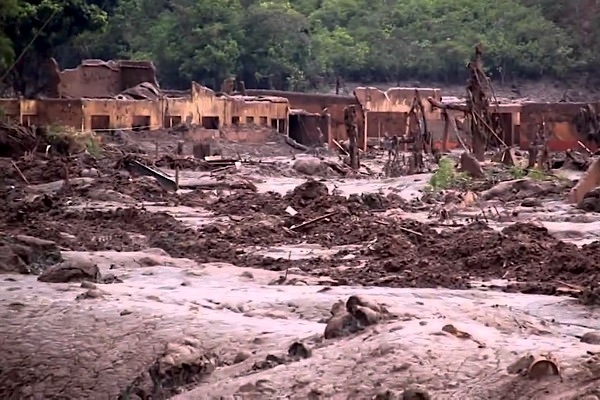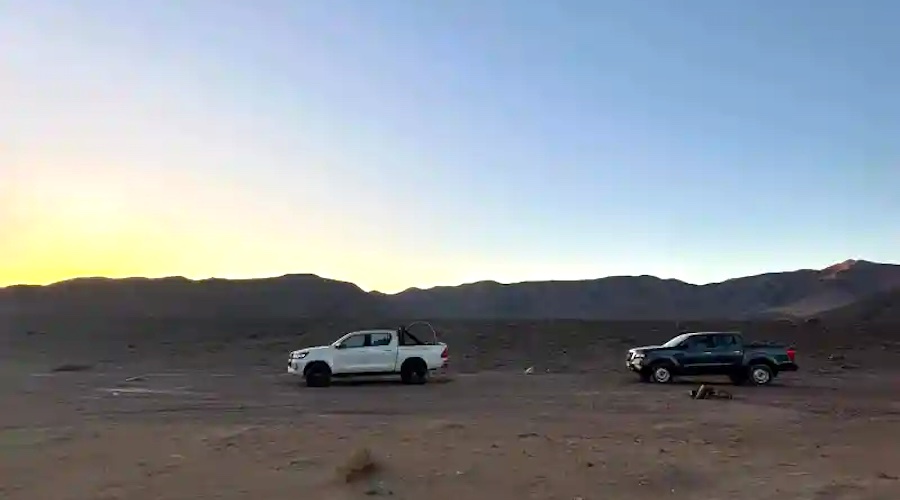BHP questions UN probe that said Samarco spill ‘toxic’

The spill has been called the biggest mining disaster in Brazil’s history, with about 20 people either confirmed dead or still missing after the dam burst sent a wave a mud cascading into a village. (Image: Screenshot of Marcelo Silva’s video via YouTube)
Mining giant BHP Billiton (ASX:BHP) is questioning a United Nations’ report released overnight that says the mud and tailings spilled after the Brazilian mine disaster early this month are highly toxic.
The UN’s human rights agency also said that BHP and Vale (NYSE:VALE) did not take the necessary measures to prevent the harm caused so far by toxic heavy metals and other chemicals present in the mine waste.
The agency said to have “new evidence” showing that the 50 million metric tons of iron ore waste released from the Nov. 5 Samarco’s dam rupture contained high levels of toxic elements, but failed to name what studies were the basis for such evidence or who had conducted them.
“The scale of the environmental damage is the equivalent of 20,000 Olympic swimming pools of toxic mud waste contaminating the soil, rivers and water system of an area covering over 850 kilometers,” said UN Special Rapporteur on human rights and the environment, John Knox, in the statement.
However, both mining companies have stated that the mud, which has already reached the Atlantic Ocean, is not dangerous.
Clay and silt
On Thursday, BHP released a statement outlining the components of the tailings that spilled on the Rio Doce River. According to the company, the tests conducted show they were comprised of clay and silt material from the washing and processing of earth containing iron ore.
“Based on available data, the tailings are chemically stable,” the company said.
“They will not change chemical composition in water and will behave in the environment like normal soils in the catchment,” it added.
Samarco issued a separate statement (in Portuguese) indicating that further tests carried out by SGS GEOSOL Laboratórios after the incident confirm the waste is not hazardous to human health.
BHP’s shares took another hit Thursday, losing 3.7% in Sydney to close below the critical $20 level at A$18.94, a fresh seven-year low.
More News
{{ commodity.name }}
{{ post.title }}
{{ post.date }}




Comments